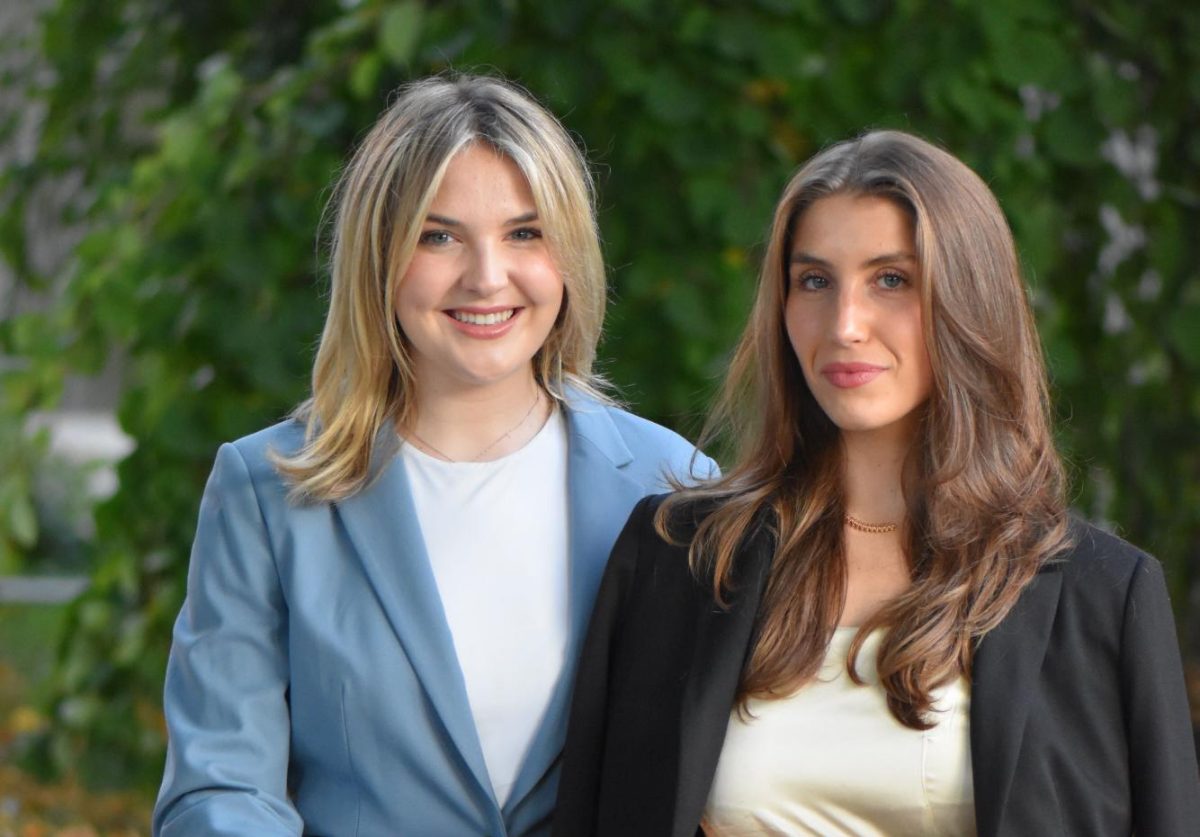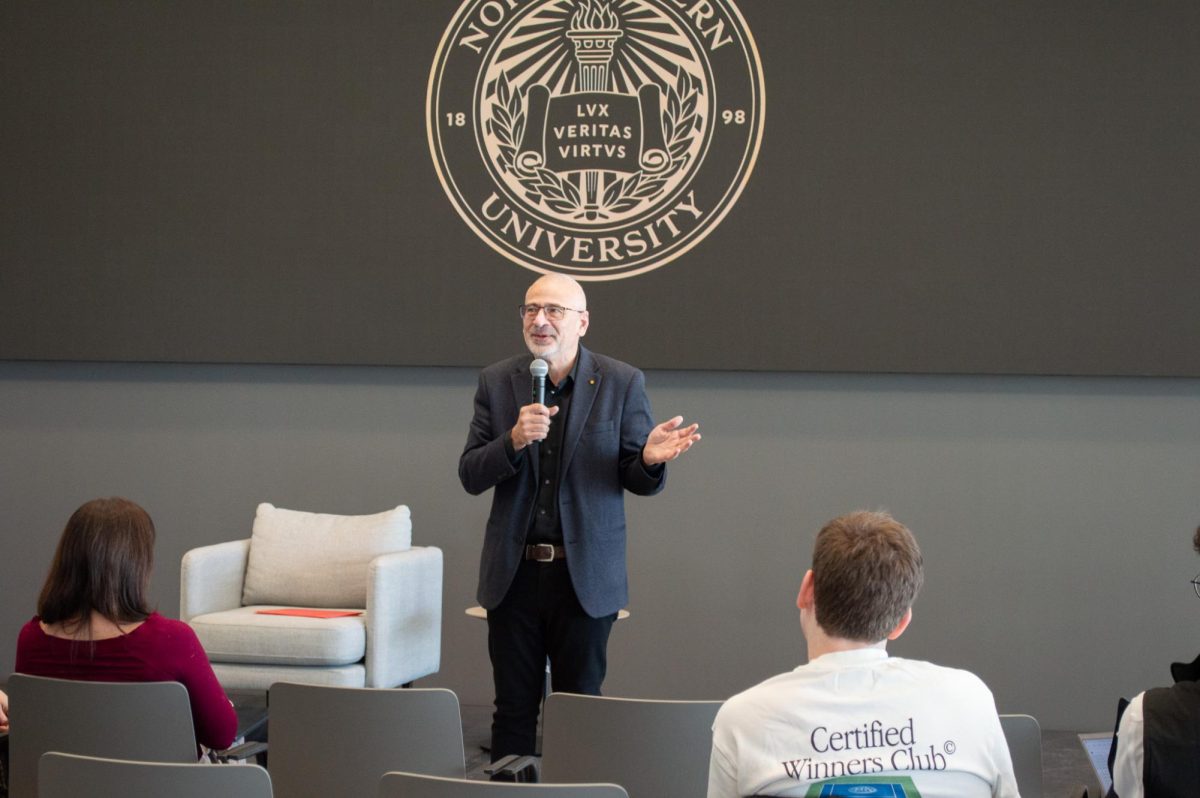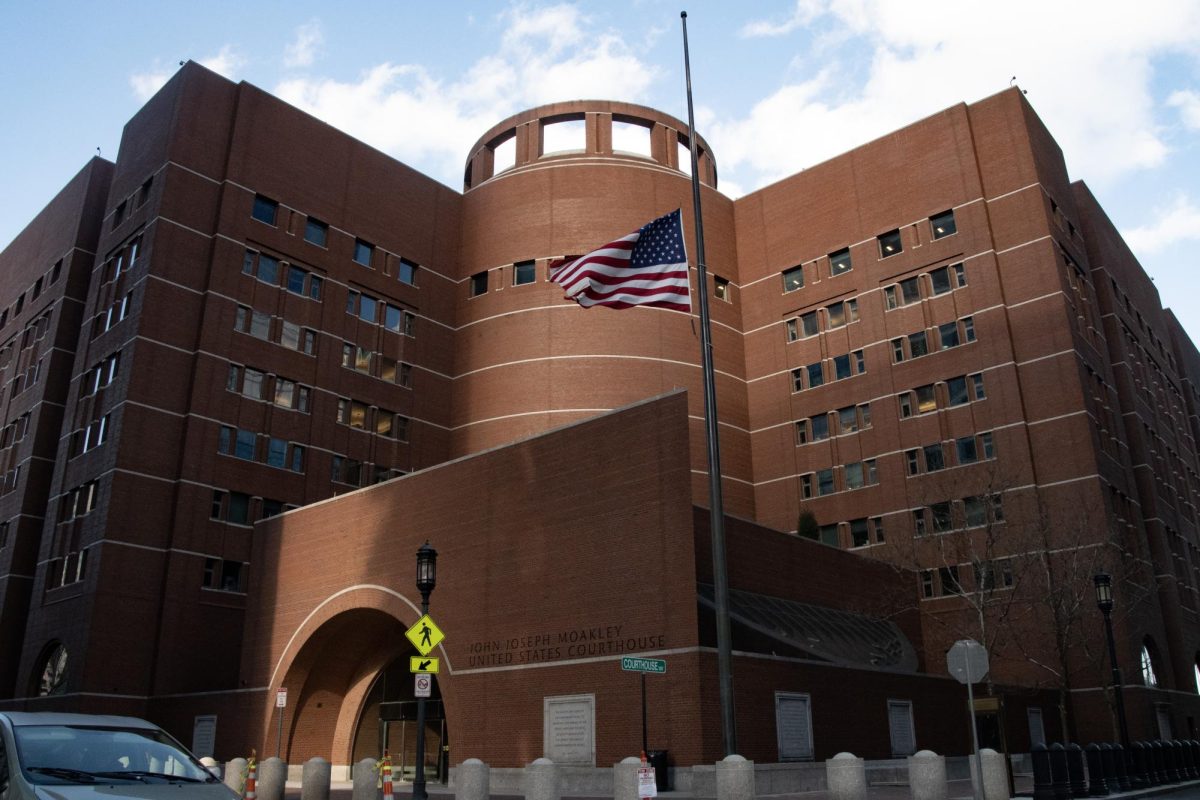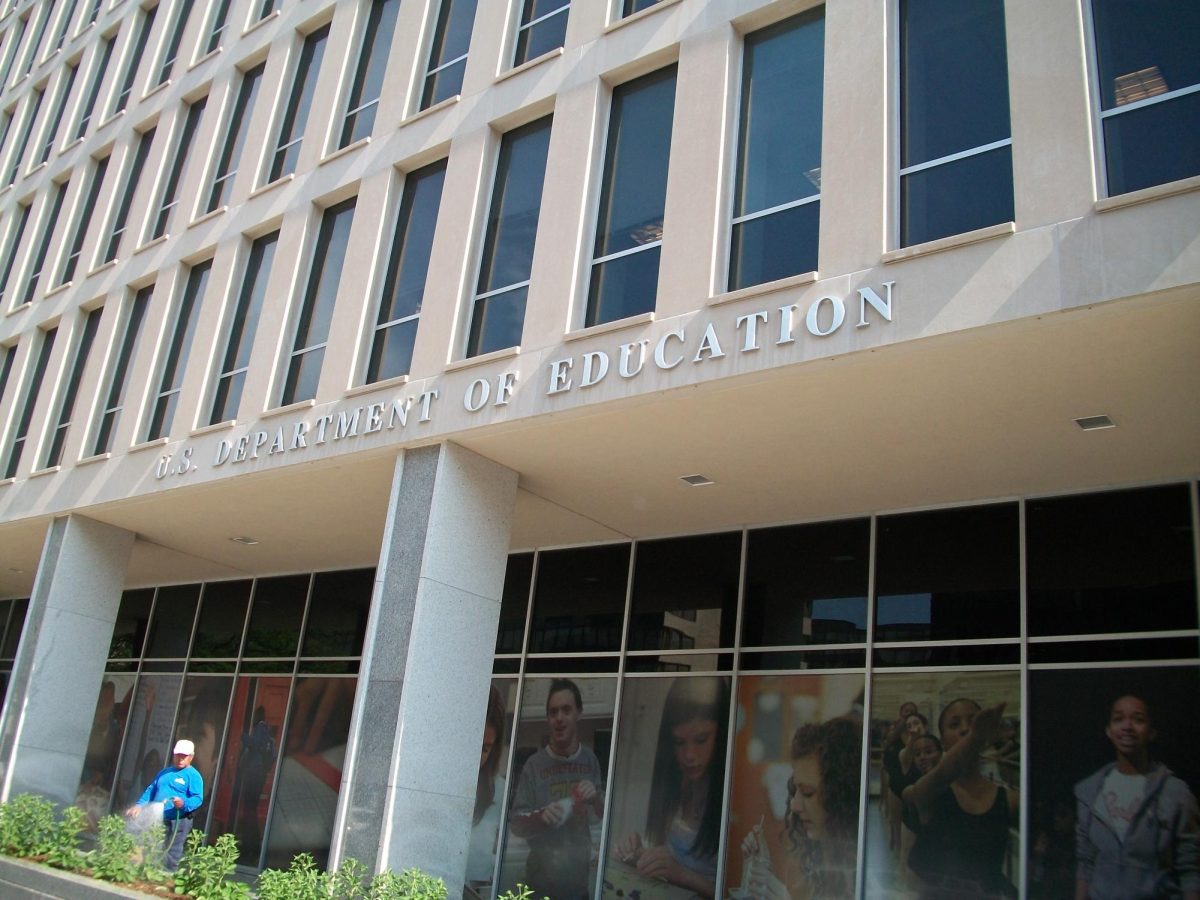By Steve Babcock
The Faculty Senate agreed on a policy for next year that would create a balance between the time tenured professors spend in the classroom and on their own research.
The policy highlights the ongoing struggle between faculty and administration to hire more tenure-track faculty.
While the body fell short of passing a full resolution that set a new policy, there was a clear sign of support for the proposal, as the first resolution in the proposal which establishes the fact that a new standard will be set, passed unanimously in the senate.
Robert Lowndes, chair of the Faculty Senate Agenda Committee, said the need for a leveling among the different responsibilities was expressed to him by professors in the College of Arts and Sciences, although the plan will be implemented university-wide.
“The teaching loads in many disciplines has tended to be high,” Lowndes said. “After conversations with faculty members in Arts and Sciences, it became evident that Northeastern did not compare to other universities that have reasonable, equitable workloads.”
The new policy would establish what is known as a “matchmate” comparison for the individual teaching loads of each professor to be compared with other credible universities. Such a standard, Lowndes said, would provide for reasonable competition with other universities, as well as a bolstering of other activities that are deemed as “normal” for faculty at research universities such as Northeastern, including publishing and other academic work.
The new standards would be determined by each of the individual colleges, with eventual approval passing through Provost Ahmed Abdelal, who voiced a need for a leveling among responsibilities.
“This is something I have wanted to do,” Abdelal, who presides over the senate, told the body. “It is an important step in expanding the faculty’s contribution to scholarship.”
Abdelal has long favored advancing the research component of the faculty’s responsibilities. In the past, he clashed with other administrators’ views, including that of Senior Vice President for Administration and Finance Larry Mucciolo about the direction the university needs to take to bolster its standing.
Mucciolo expressed a desire to increase the desirability of the appearance of the university, which he called the “physical footprint,” while Abdelal pushed for more funding for research to develop the university’s academic notoriety.
Abdelal declined to comment for this article, but Lowndes said once Northeastern is comparable to other universities in terms of the faculty’s workload, it would help to attract brighter professors to the university.
“If you want to be competitive, you have to be able to attract faculty that can increase the academic notoriety of the university,” Lowndes said. “If faculty are going to other universities because they have lower teaching loads, that doesn’t help Northeastern advance academically.”
Lowndes also said throughout the university, the proposal would leave some professors teaching more, and some professors teaching less, potentially allaying the fear that this was a move to take professors out of the classroom.
However, the university currently suffers from a shortage of professors, which prompted College of Arts and Sciences Dean James Stellar to hire more faculty than his college was allocated money to bring on. The move, which Stellar said he was forced to do to meet the demand for professors in terms of the number of students enrolled in the college, left the university’s largest college operating at a $1.2 million deficit.
Due to such events, Lowndes said it would be wise for the university to wait for the resources to provide what would be a decrease in the teaching load for some of the professors in the College of Arts and Sciences that he initially spoke to.
Such resources may come through the Academic Investment Plan, a piece of the proposed fiscal year 2005 budget that would set the goal of attaining 100 new faculty members over the next five years.
“What we don’t want to do is redistribute the responsibilities that faculty members already have [to create new responsibilities, and larger loads for some professors],” Lowndes said. “It would be unfair to load up the faculty’s teaching responsibilities because 100-150 members would be cut by the administration due to budget constraints.”
Peter S. Antonellis, Student Government Association Vice President for Academic Affairs, said that while faculty need to be able to have time to conduct research, the current amount of professors does not allow tenured professors to cut back on the amount of teaching in any department.
“In the short term, we need more teaching than research until the budget and professorship catch up to balance out the workload,” he said. “The faculty is moving to the stance that academics have been shunted to the side in favor of more research. No student wants to pay money to take a course where the professor is more focused on writing their book than teaching.”
The Faculty Senate will continue debate on the proposal in two weeks.









